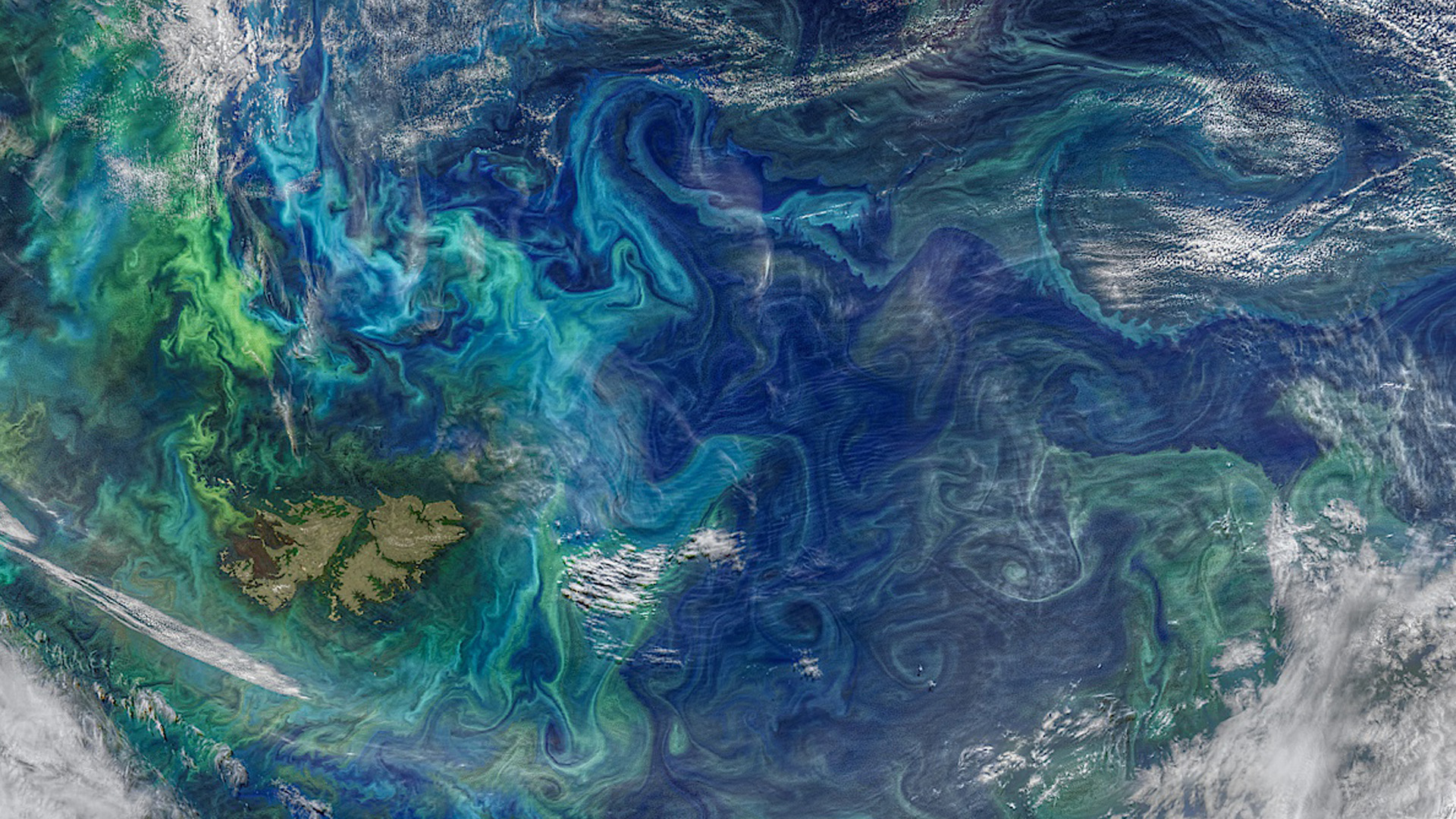
In the frigid waters surrounding the Antarctic continent, a crucial player in ecosystems and climate is at risk. The Southern Ocean's explosive spring bloom of phytoplankton, which sustains krill, a major food source for fish, whales, and penguins, is becoming increasingly starved of iron, according to a new study published in Science. The reduction in iron is counter to the surge of productivity that many climate models had predicted for the coming century. This discovery has significant implications for the marine food chain, carbon uptake, and atmospheric CO2 concentrations.
New research suggests that the availability of iron is a key factor limiting photosynthesis by marine phytoplankton in the Southern Ocean, thereby limiting the uptake of carbon. In an experiment in the Southern Ocean in February 1999, scientists released a solution of ferrous sulfate in acidified seawater to create a patch of surface water enriched with dissolved iron. This patch showed that surface uptake of atmospheric CO2 and uptake ratios of silica to carbon by phytoplankton was strongly influenced by nanomolar increases in iron concentration.
The study's findings informed a model of global carbon and ocean nutrients, which predicted that during glacial periods, atmospheric CO2 changes matched ice-core records well, with the initial 40 p.p.m. of glacial–interglacial CO2 change being caused by the forcing of Southern Ocean biota by iron. However, the model suggested that other mechanisms accounted for the remaining 40 p.p.m. increase. Additionally, the experiment confirmed that it is possible to modestly sequester atmospheric CO2 by artificially adding iron to the Southern Ocean, although the period and geographical extent over which this would be effective remains poorly known.

This figure compares the Vostok ice-core record of dust and atmospheric CO2 to a carbon-cycle model. The thick grey line represents the Vostok CO2 record, while the lower black line represents the modeled atmospheric CO2. The observed and modeled CO2 mixing ratios are plotted as deviations from their Last Glacial Maximum (LGM) value. The figure shows that CO2 levels in the model are weakly sensitive to iron fluxes even when Fe is abundant in glacial times.
The decline in iron supply could be due to several potential factors, including ocean acidification, rising ocean temperatures, or changes in how different layers of the ocean mix. Testing these potential factors will require a significant amount of lab work, says the lead author of the study, Thomas J. Ryan-Keogh. Even if the decline is real, it's not certain that iron is playing a role, as other potential factors such as increased marine animal consumption of phytoplankton cannot be ruled out, according to Philip Boyd, a biogeochemist at the University of Tasmania.
This research underscores the crucial importance of comprehending the intricate interplay between various elements and factors in our planet's biosphere. By offering evidence that modestly supplementing the Southern Ocean's iron supply could help combat the effects of climate change, such as sequestering atmospheric CO2, it highlights the potential for human intervention to preserve the delicate balance of the marine ecosystem in this region. However, the findings also raise concerns about the declining levels of iron in the Southern Ocean, which could endanger the phytoplankton that forms the foundation of the food chain, with far-reaching consequences for the entire ecosystem.



0 Comments